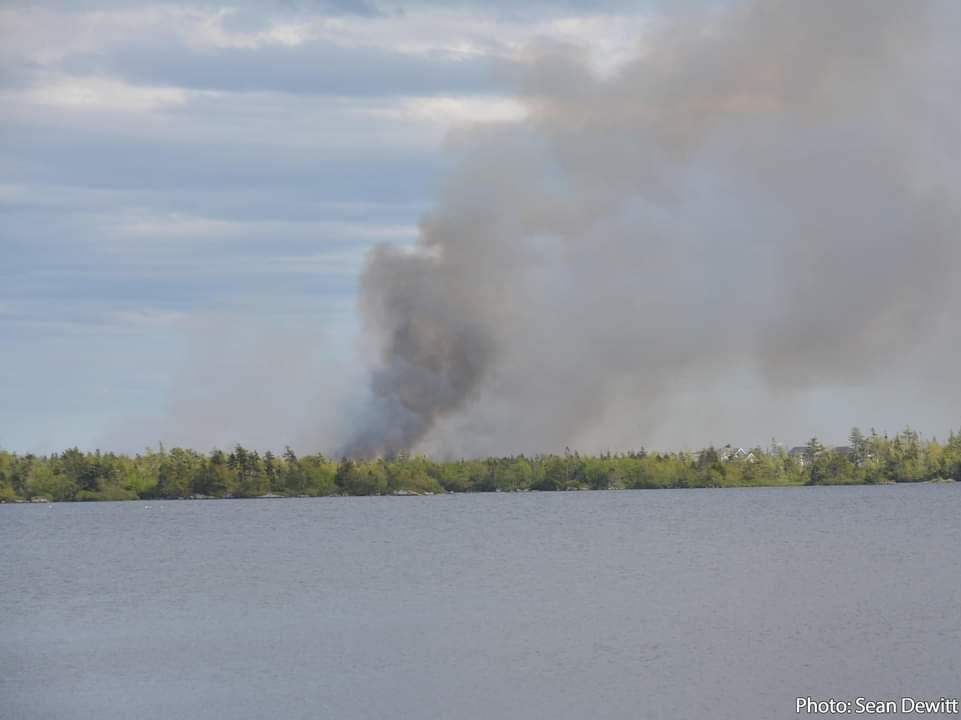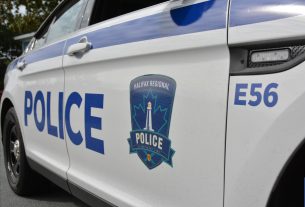***’ Via Environment Canada
Prepare for wildfires
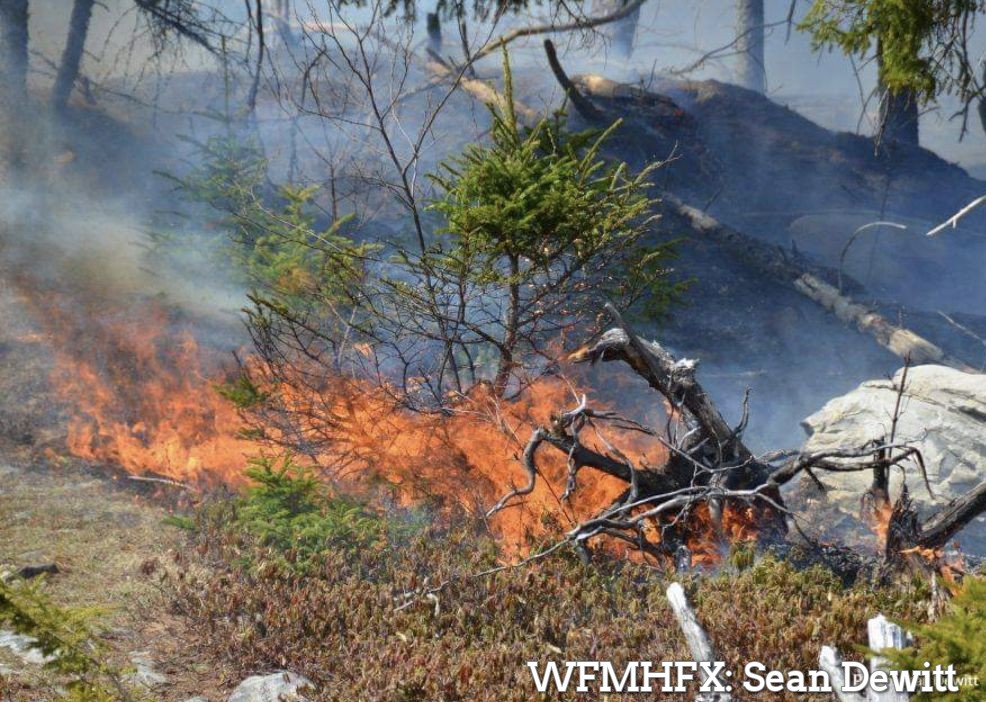
In Canada, wildfires (also called forest fires) happen year-round. The most active period is from May through September, but hold-over fires can smolder throughout the winter. Wildfires can cause extensive damage and put lives in danger. Smoke from wildfires can be a significant health hazard.
Why prepare for wildfires?
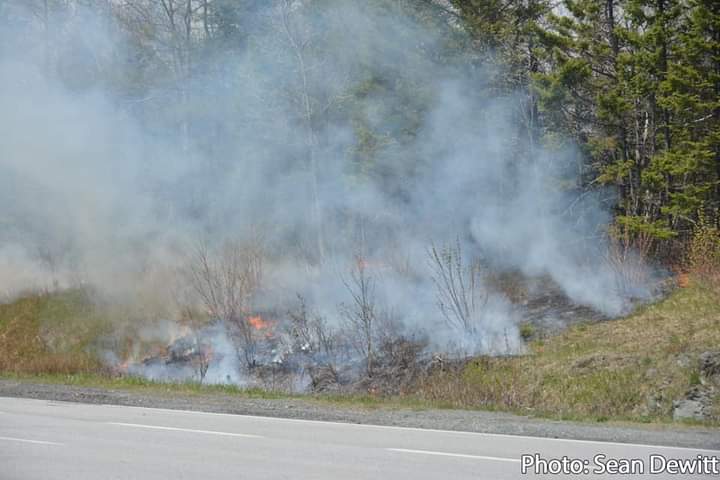
The behaviour of a wildfire is difficult to predict as many factors can impact the results – how quickly it spreads, where it spreads, how much heat is given off, how much fuel is consumed, how much smoke is generated. To better prepare for a wildfire event, including smoke, know about the risks to yourself, your household, your community and region. Know what to do before a wildfire is nearby. Find information on wildfire smoke, air quality and health.
Make an emergency plan
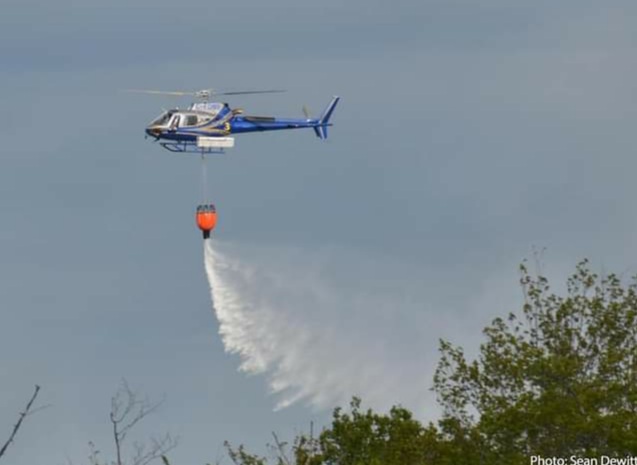
It will take you about 20 minutes to make a family emergency plan online. You can then print it out. Before starting, you will need to think about:
- Safe exits from home and neighbourhood
- Meeting places to reunite with family or roommates
- Designated person to pick up children should you be unavailable
- Contact persons close-by and out-of-town
- Health and insurance information
- Places for your pet to stay
- Risks in your region
- Location of your fire extinguisher, water valve, electrical panel, gas valve and floor drain
Emergency Kits
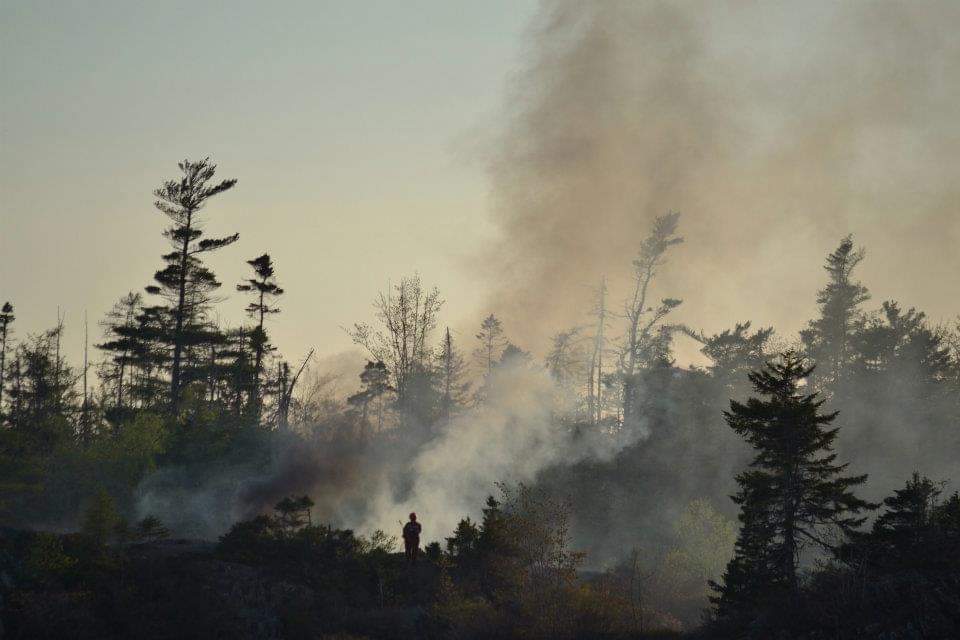
In an emergency, you will need some basic supplies. You may need to get by without power or tap water. Be prepared to be self-sufficient for at least 72 hours.
You may have some of the items already, such as food, water and a battery operated or wind-up flashlight. The key is to make sure they are organized and easy to find. Would you be able to find your flashlight in the dark? Make sure your kit is easy to carry and everyone in the household knows where it is. Keep it in a backpack, duffle bag or suitcase with wheels, in an easy-to-reach, accessible place, such as your front-hall closet. If you have many people in your household, your emergency kit could get heavy.
It’s a good idea to separate some of these supplies in backpacks. That way, your kit will be more portable and each person can personalize his or her own grab-and-go emergency kit.
Get an emergency kit!
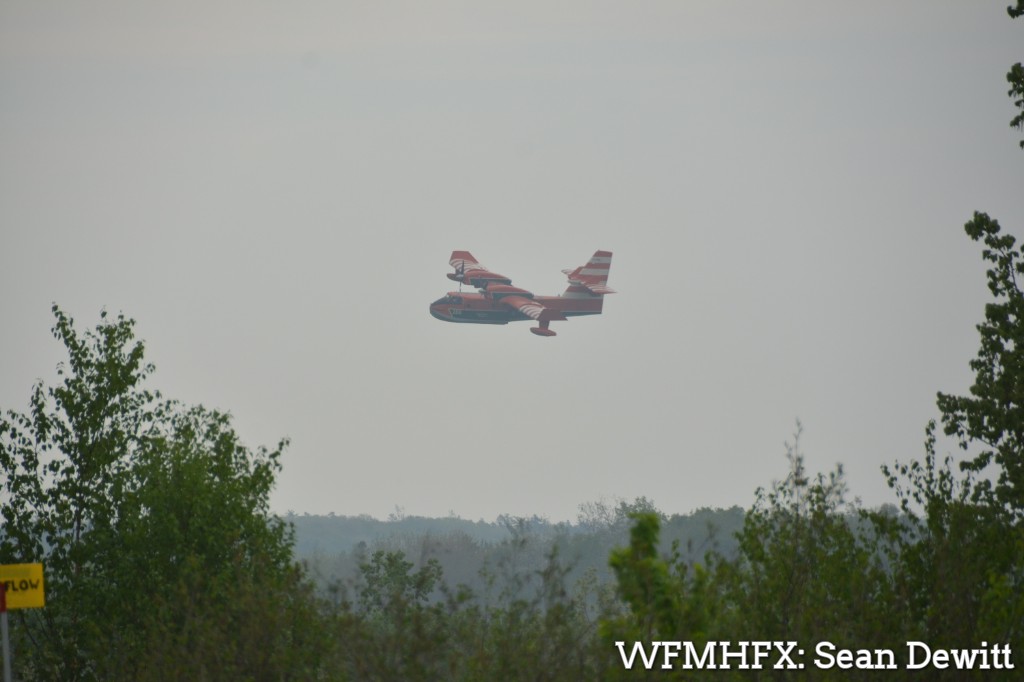
Assemble one…
Emergency Car Kit
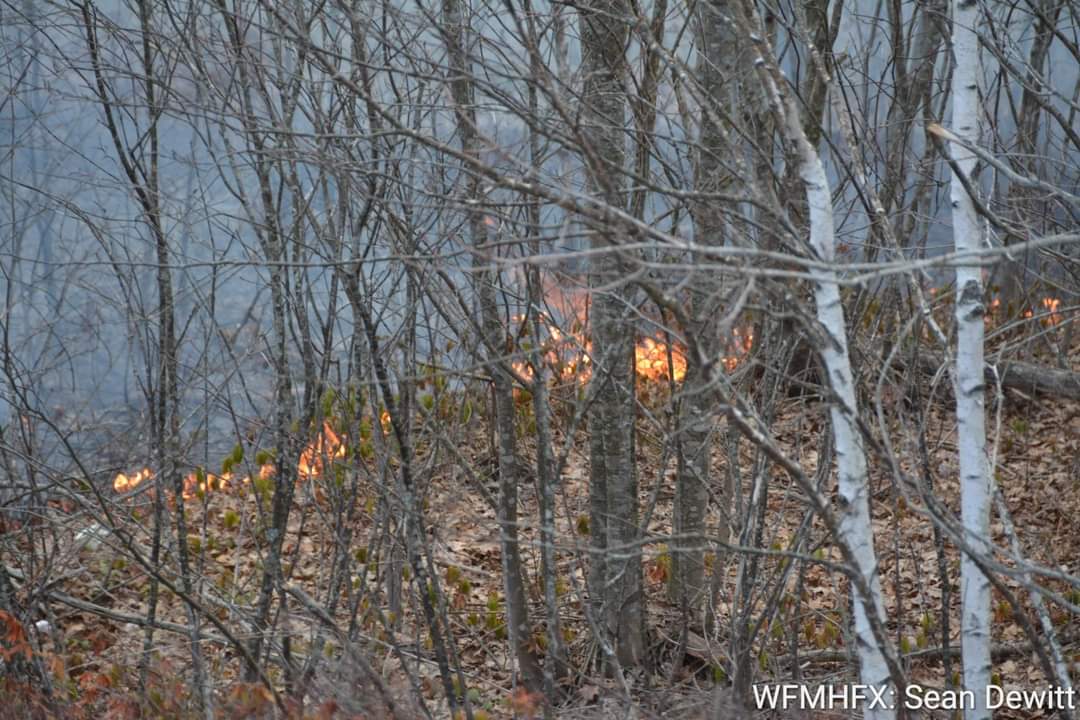
If you have a car, prepare an emergency car kit and keep it in the vehicle. The basic emergency kit for cars should include the following items:
Print this page.
Check off the items for your 72-hour emergency kit as you accumulate them.
–
**** CNS Media Release
Large Increase in Fine for Illegal Burning During Wildfire Season
———————————————————————————————————-
The Province has increased the fine for violating the daily burn restrictions to $25,000, effective today, May 16.
“Almost all wildfires in Nova Scotia are human caused. With the weather starting to get warmer and dryer, I cannot stress enough the importance of prevention,” said Premier Tim Houston. “That’s why we are doubling down on the fine for people who violate the daily burn restrictions. Increasing it to $25,000 for the entire wildfire season should make people pause, and check and follow the BurnSafe map. Let’s not have another season like last year’s.”
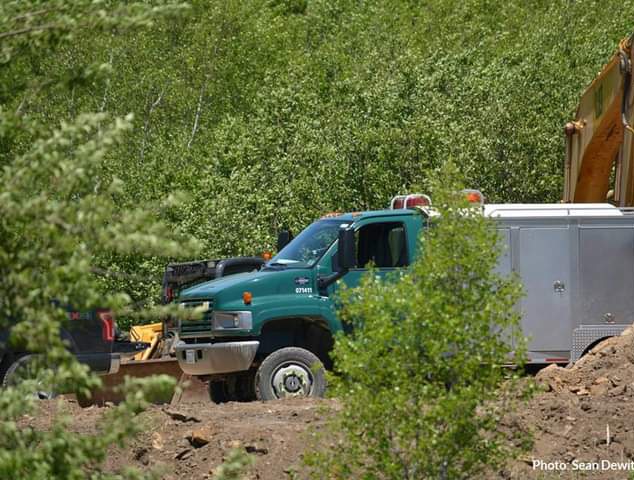
From March 15 to October 15, daily burn restrictions are in place to help prevent wildfires. Burning is not permitted anywhere in the province between 8 a.m. and 2 p.m. because that is often when the risk of wildfires is greatest. The BurnSafe map remains red during those hours every day.
Each day at 2 p.m., the map is updated to show the daily restrictions:
– red means burning is not permitted that day
– yellow means burning is permitted after 7 p.m.
– green means burning is permitted after 2 p.m.
People can check daily burn restrictions via the online BurnSafe map at https://novascotia.ca/burnsafe/ or by calling 1-855-564-2876 (BURN). They also need to check municipal bylaws; they take precedence when they are stricter than the provincial restrictions.
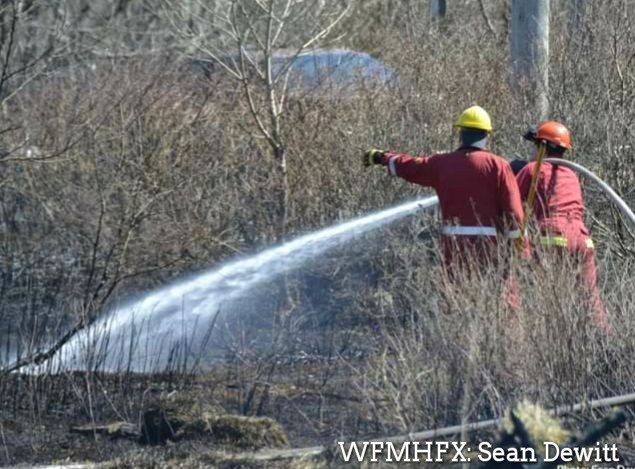
Out of an abundance of caution, the daily burn restrictions now also apply to campgrounds. Open fires like campfires are only permitted after 2 p.m. when the BurnSafe map is green or after 7 p.m. when the map is yellow – just like campfires in people’s backyards. Devices such as gas stoves and charcoal briquette barbeques can still be used any time, following manufacturers’ instructions.
The fine amounts are set in the Summary Offence Ticket Regulations. Conservation officers, police and other law enforcement officers can issue the fine on the spot in the form of a summary offence ticket. A victim surcharge and HST also apply to the fine, bringing the total to $28,872.50.
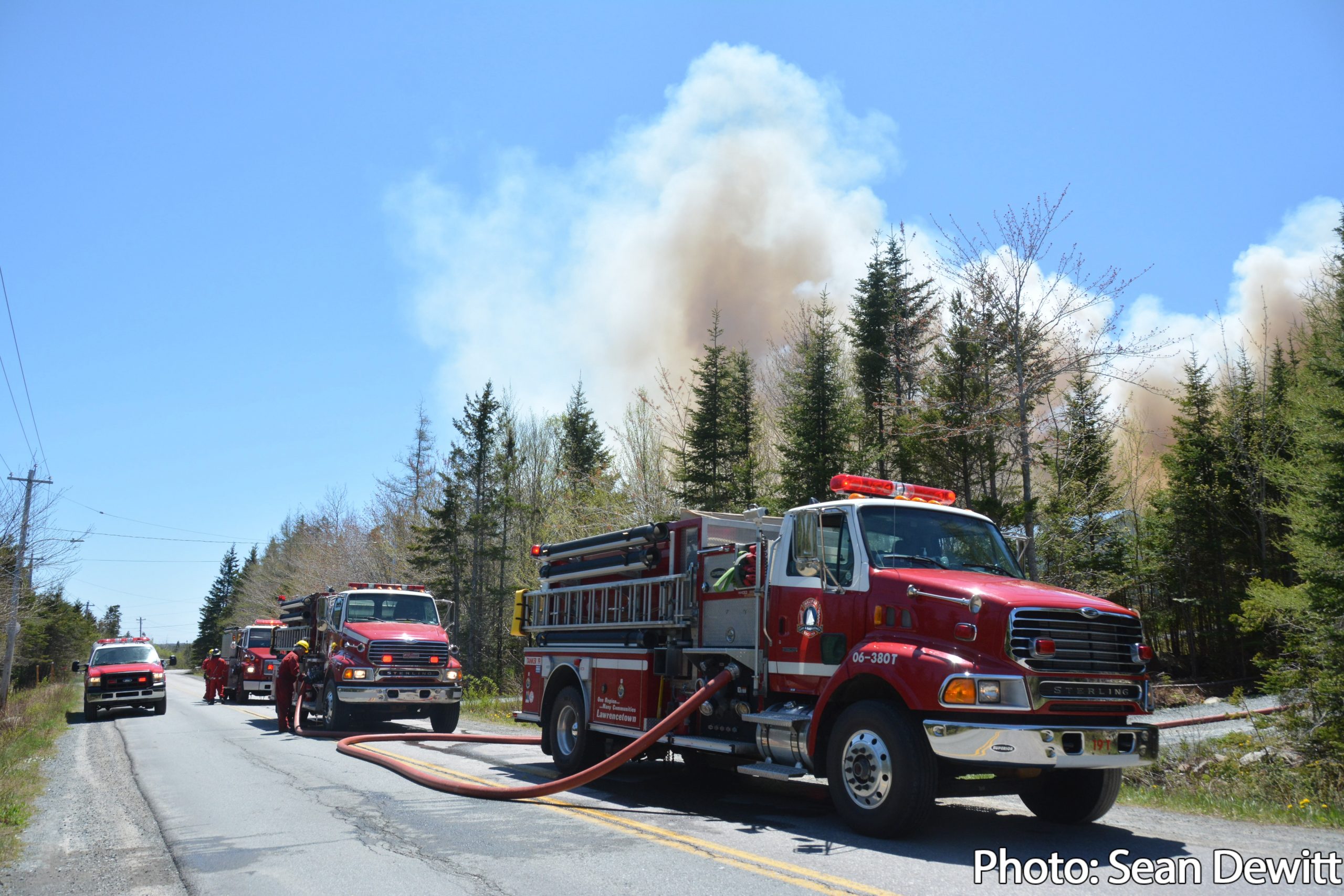
Quick Facts:
– the illegal burning fine increased to $25,000 last spring with the provincewide burn ban during the large wildfires; this year, the $25,000 fine applies to violations of the daily burn restrictions
– the basic fine for violating the restrictions is $237.50; the larger fine is in place through a proclamation until the end of wildfire season
– the Province may consider reinstating the original fine amount if conditions significantly reduce the risk of wildfires
– industrial burning, such as clearing agricultural land or burning brush piles of certain sizes requires a permit from the Department of Natural Resources and Renewables
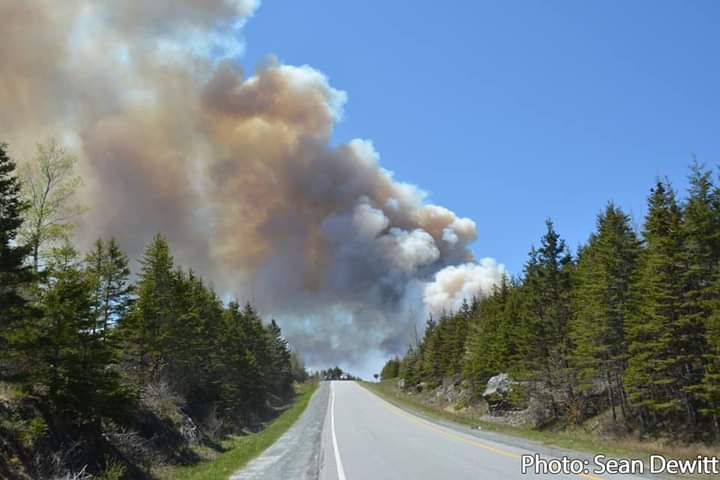
Additional Resources:
Fire proclamation: https://novascotia.ca/natr/forestprotection/wildfire/fire-proclamation_2024-05-15.pdf
Forests Act: https://nslegislature.ca/sites/default/files/legc/statutes/forests.htm
Summary Offence Ticket Regulations: https://novascotia.ca/just/regulations/regs/sptickets.htm
Information about campfire safety: https://novascotia.ca/campfire-safety/
FireSmart Canada: https://firesmartcanada.ca/
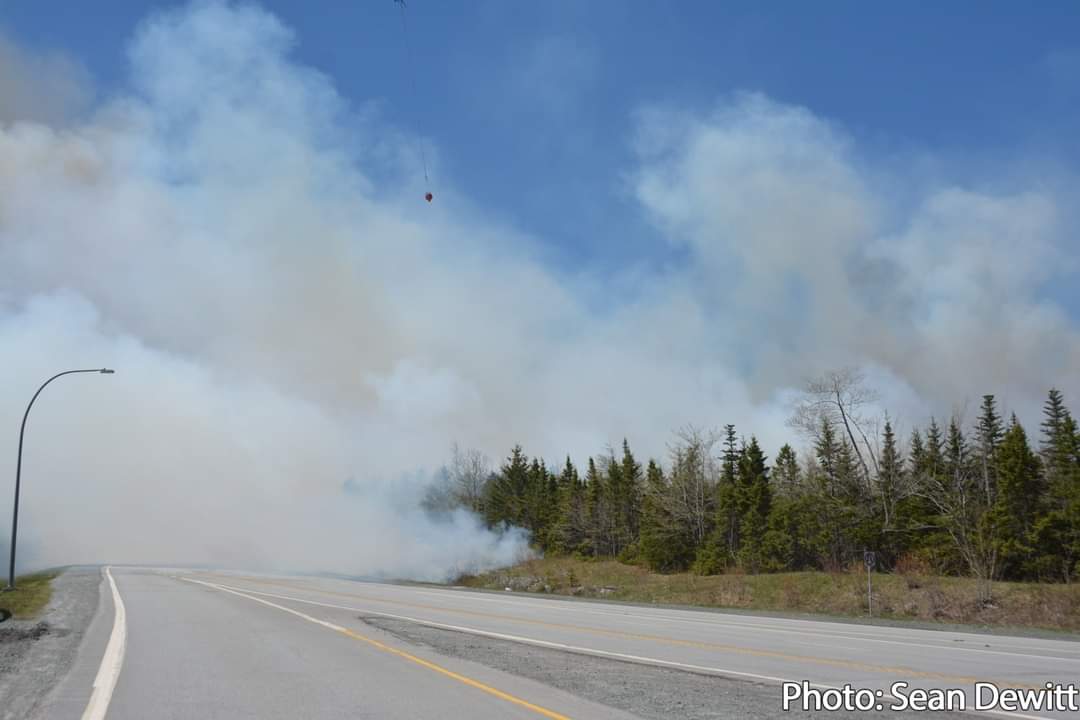
.

